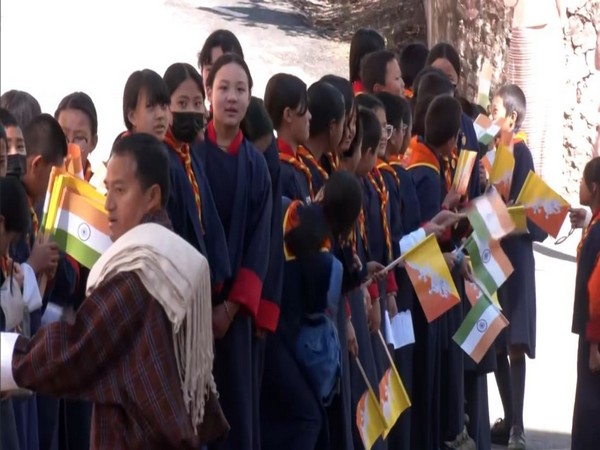
Despite hike in education budgets, Pak remains worst country in terms of child education

Islamabad [Pakistan], July 1 (ANI): Although Pakistan’s education budgets have increased upto 2.8 per cent, the country still has the world’s second-highest number of out-of-school children (OOSC) due to disparities in gender, socio-economic status, geography and availability of quality education.
Fiza Farhan in The Express Tribune said that with approximately 22.8 million in the age bracket of five to 16 years old, Pakistan has the world’s second-highest number of OOSC. Almost 10.7 million boys and 8.6 million girls are enrolled at the primary level and the numbers drop to 3.6 and 2.8 million, respectively, at the lower secondary level. In the five to nine age bracket, five million children are not enrolled in schools and after primary school-age, the number of OOSC doubles. Even though education budgets have increased, accounting for 2.8 per cent of the total GDP, it still does not make it to the 4 per cent target.
Examining the factors outlined above, most OOSC are in Balochistan, including 78 per cent girls. In Sindh, 52 per cent of the poorest are OOSC, of which 58 per cent are girls.
In terms of geographical factors, this plays a huge role as the provision of educational services is tough in mountainous areas. Moreover, communities affected by natural disasters and the influx of migrants experience higher dropout rates, according to the publication.
The conflict in Khyber-Pakhtunkhwa between 2008-10 led to almost 3.35 million people being internally displaced, of which 60 per cent were children. Most IDPs stayed with host communities where local schools were unable to accommodate the huge influx of children. In 2010, floods affected 16,400 schools in Pakistan and the 2005 earthquake destroyed 3,669 educational institutes in the Hazara division.
These findings indicate how geographical factors, poor transportation, natural calamities and poor communication facilities are important causes of dropping out at the primary level and hinder access to education, Fiza Farhan said in her article published in The Express Tribune.
The problems associated with Pakistan’s education system can be attributed to socio-cultural demand-side barriers too. At the systems level, we lack adequate finances, policy implementation, competent faculty, and a conducive teaching environment. The brunt of this is borne by marginalised groups, particularly girls. Gender wise, boys outnumber girls at every stage of education (and hence the economic journey). Moreover, owing to the pandemic, the figures have worsened globally. When the lockdown began in March 2020, about 26.1 million students dropped out of school in Pakistan. In September, schools were allowed to reopen and about 13 million children remained unenrolled, of which 60 per cent are girls. (ANI)

















POST COMMENTS (1)
BHAVIL GOYAL